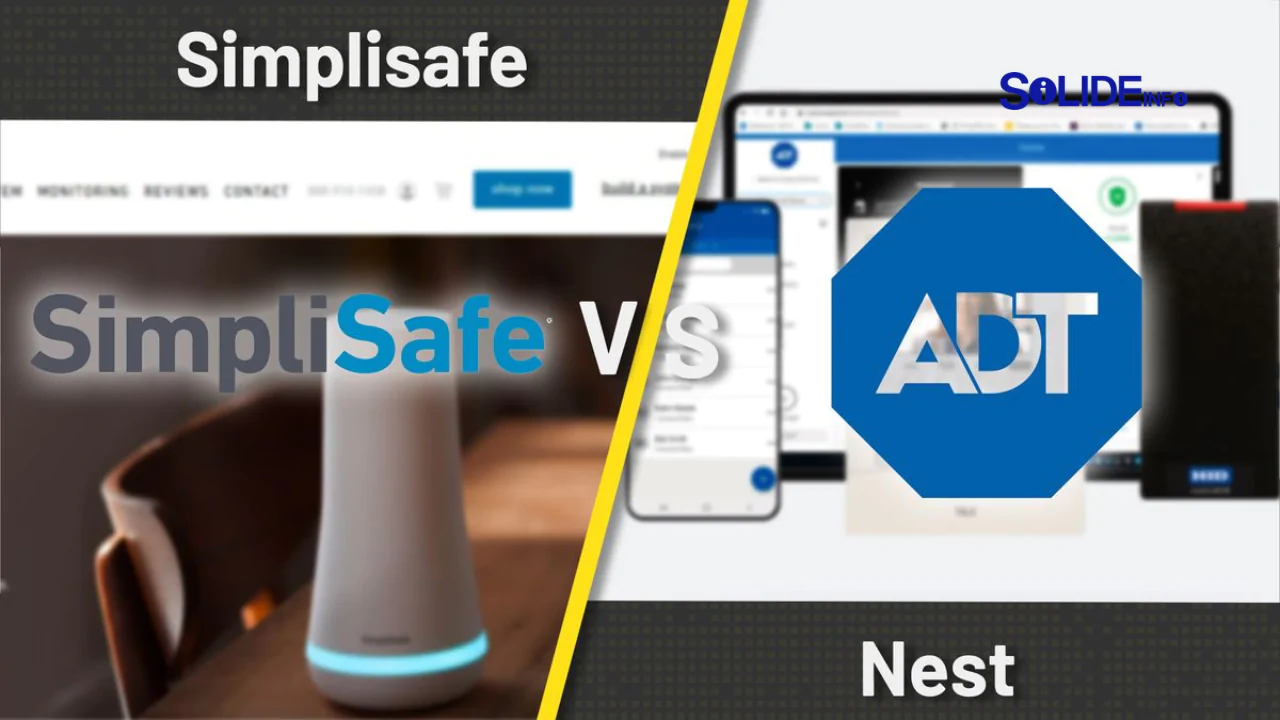The Unseen Threat: Securing IoT Devices in Smart Homes

The concept of a smart home has revolutionized the way we live, offering convenience and efficiency through interconnected devices. However, this innovation comes with its own set of challenges, particularly when it comes to IoT security. From smart thermostats to voice assistants, these devices collect and transmit vast amounts of data, often without users fully understanding the risks involved. The unseen threat lies in the vulnerabilities within these systems, which can be exploited by cybercriminals to gain unauthorized access to your home network. Ensuring the safety of your smart home requires a proactive approach to smart home cybersecurity.
IoT Device Vulnerabilities
IoT devices are designed to be user-friendly, but their simplicity often comes at the cost of robust security measures. Many manufacturers prioritize functionality over device protection, leaving devices susceptible to hacking. Common issues include weak default passwords, outdated firmware, and lack of encryption. These network vulnerabilities can serve as entry points for attackers, allowing them to infiltrate your home network and access sensitive information. For example, a compromised smart camera could expose your daily routines, while a hacked smart lock could jeopardize your physical safety. Understanding these risks is the first step toward safeguarding your smart home ecosystem.
Network Security in IoT
Your home network is the backbone of your smart home, connecting all your IoT devices. This makes it a prime target for cyberattacks. To mitigate risks, it’s essential to strengthen your network security. Start by changing default router passwords and enabling WPA3 encryption, which provides a higher level of protection against unauthorized access. Additionally, consider setting up a separate network for your IoT devices to isolate them from your main devices, such as laptops and smartphones. Regularly updating your router’s firmware and using a reliable firewall can further reduce network vulnerabilities. These measures create a more secure environment for your smart home devices.
Proactive Steps for IoT Security
Securing your smart home doesn’t have to be overwhelming. Simple steps can significantly enhance your IoT security. Begin by researching devices before purchasing to ensure they have strong security features. Always change default passwords and enable two-factor authentication where available. Regularly update device firmware to patch known vulnerabilities. For advanced protection, consider using a security solution designed for IoT environments. Educating yourself and your family about potential threats and safe practices is equally important. By taking a proactive approach, you can enjoy the benefits of a smart home while minimizing the risks associated with smart home cybersecurity.




